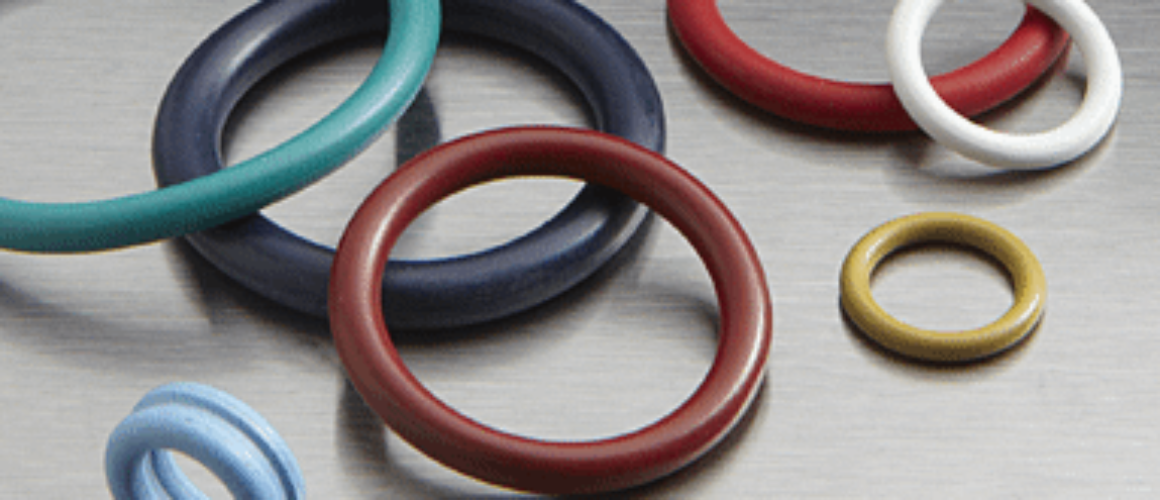How Special Coatings Can Increase The Performance of Rubber O Rings & Seals?
Rubber seal products, or Coated O-Rings, are used in a multitude of different industries. A large percentage of these are used in static seal applications where the O-ring is held in place and where elasticity and resistance to abrasion or friction are not as important. However, many O-rings are also used in dynamic applications where the product surface moves in relation to the seal. These dynamic applications are much harder on O-rings and, without proper prevention, can cause them to fail. O-ring failure can lead to catastrophic results in many products, and as such, manufacturers must be very attentive to the ways in which they can extend the life of their O-rings to ensure that their products have the best chance at maintaining required rates of performance.
Benefits Of Rubber Coatings:
- Reduce Surface Friction
- Reduce Corrosion
- Reduce Insertion Force
- Provide Wear Resistance
- Prevent Surface Adhesion
- Improve Chemical Resistance
- Easier Identification Of Parts
- Easier Installation Of Parts
- Reduce Substrate Ageing
Types Of Coatings & Their Advantages:
1. Powder Coatings-Dry (powder) coatings are commonly used to inexpensively treat automatic assembly equipment parts. These coatings reduce the tendency of parts to stick together, forming clumps or masses. Dry powder coatings such as talc, powdered PTFE, mica, graphite and molybdenum disulfide are widely used. Each is similar in function, but can offer different performances depending upon application specifics, such as fluid compatibility or temperature. Over time these coatings may foul assembly equipment, requiring downtime for cleaning, especially with sensitive automatic assembly equipment that utilizes photoelectric sensors.
2. Wet Film Coatings-Like dry coatings, wet coatings are an inexpensive way to increase the part installation efficiency of automatic assembly equipment. While wet coatings can be applied to all part sizes, they typically are for larger, hand installed parts with greater surface contact areas. The Primary wet film coatings are:
- Silicone emulsions (mixture of silicone and water)
- Soap and soap/water mixtures
- Vegetable oils or any other customer specified coatings.
Wet film coatings generally offer superior lubricity over dry coatings, but can be messy. Take care to prevent migration across the shop floor.
3. PTFE RESIN Coatings- Not to be confused with PTFE powder coatings, PTFE resin coatings are aqueous colloids – acrylic resin binders mixed with PTFE powders and colorants. Heat dries off the water, leaving behind a PTFE/resin film on the part’s surface. These coatings reduce friction and are “semi” permanent as they will not rub off with contact, but can be removed over time. Primarily used for automatic assembly, these coatings offer the best combination of lubricity, cleanliness and cost. Also, high value materials can be different colors for easy identification.
4. Parylene Coatings-Parylene is a vapor deposition coating. Poly(p-xylene) based polymers are thermally deposited on the rubber part surface. The outer layer forms a composite structure with the rubber part as the core, and the parylene as the external jacket. Parylene coatings offer these advantages over other coatings: Permanent, FDA complaint coatings, Reduced friction on par with PTFE coatings, Added chemical resistance, Reduced vapor transmission & Hydrophobic.


